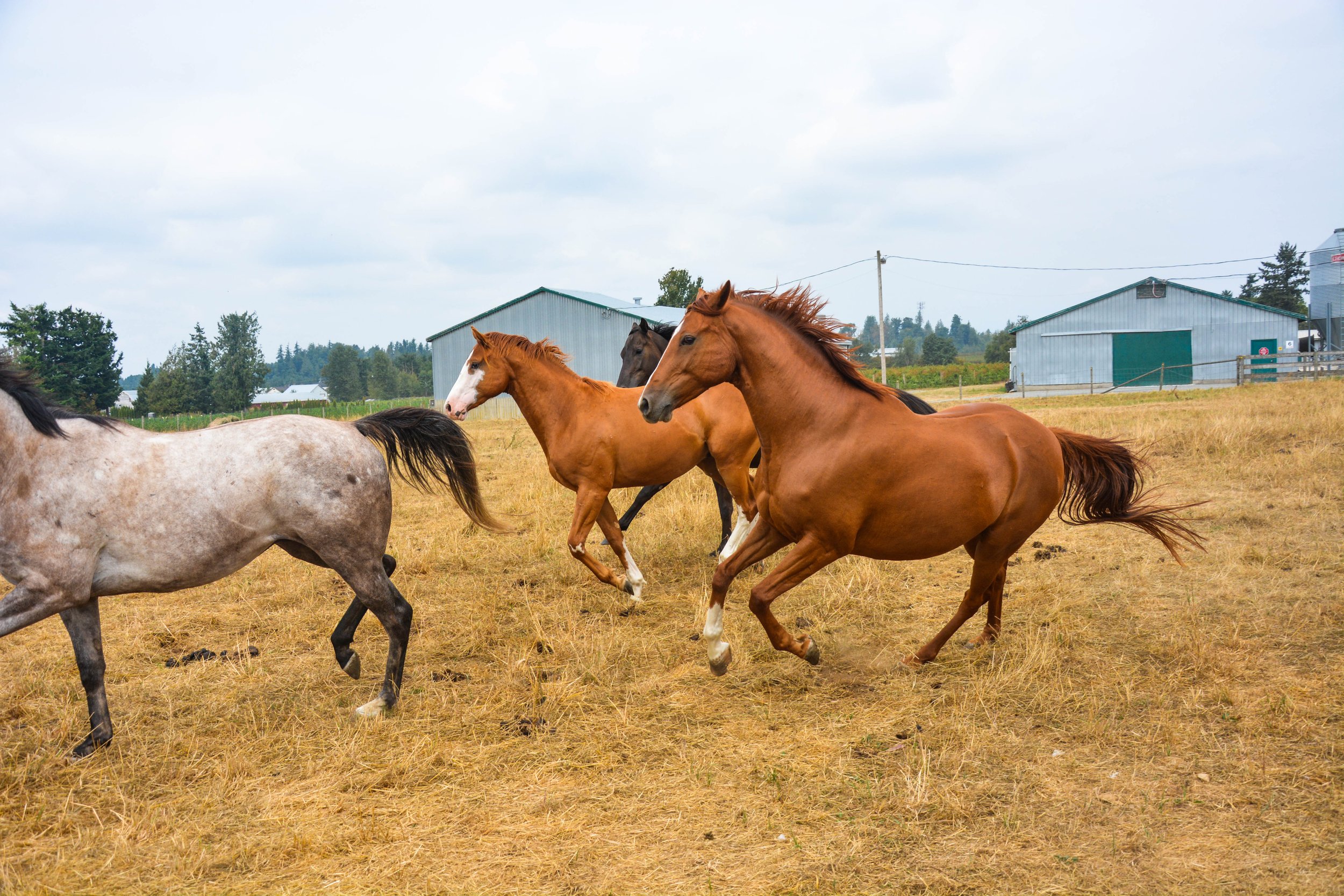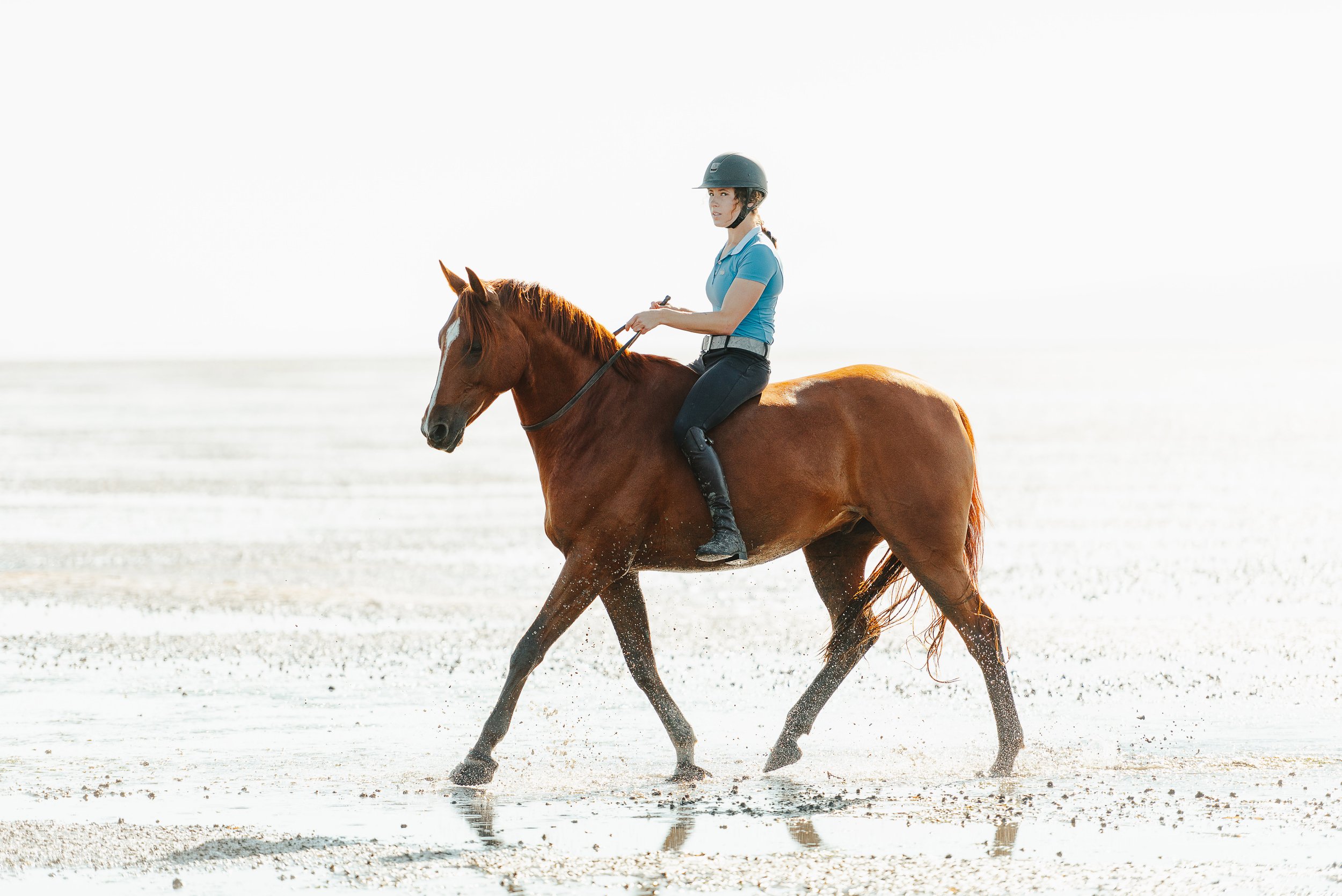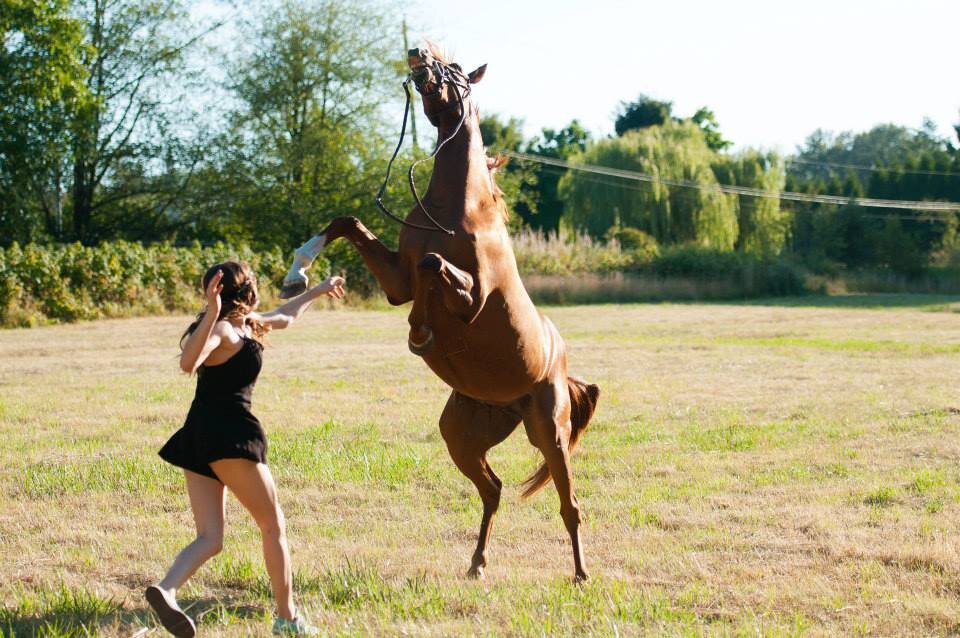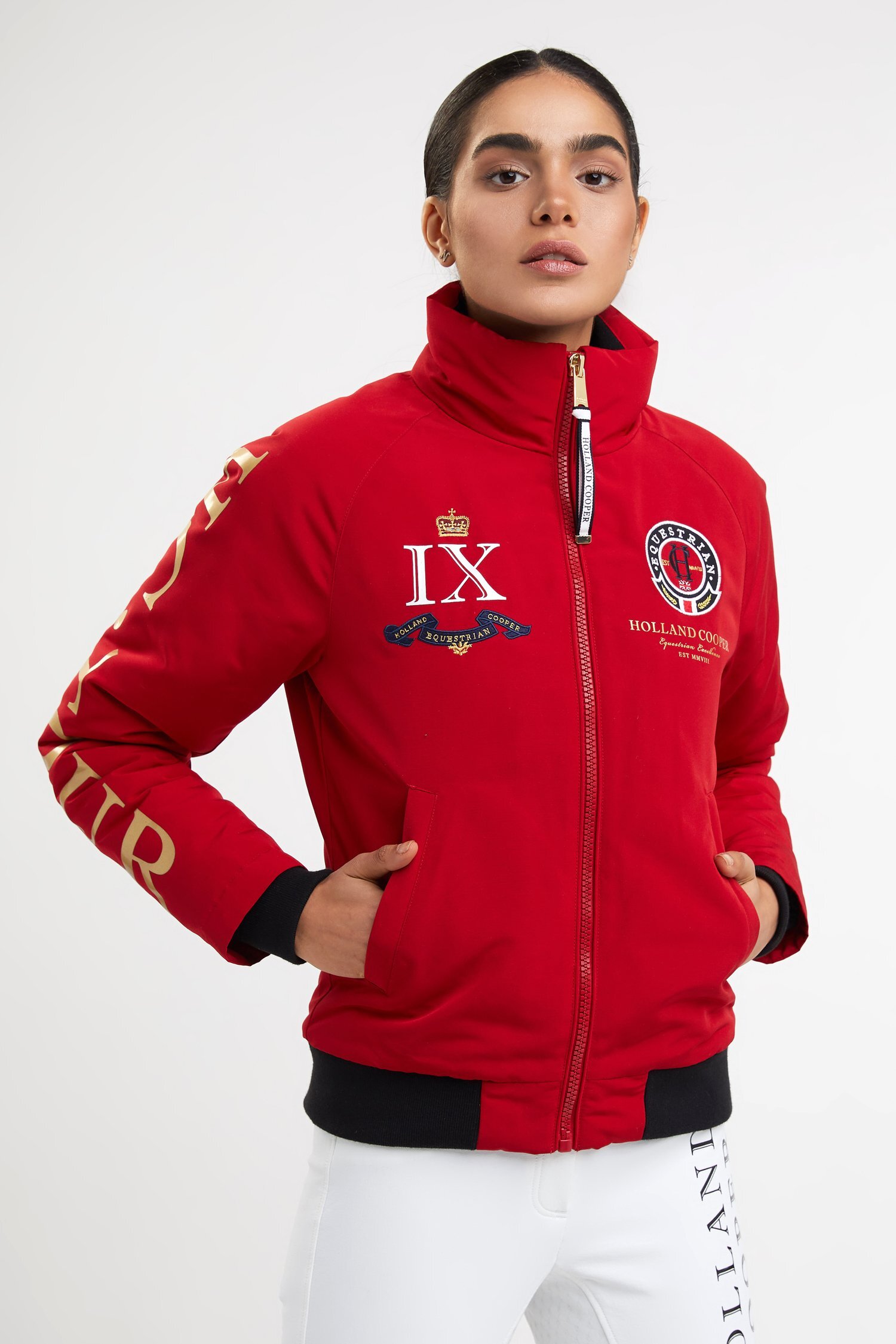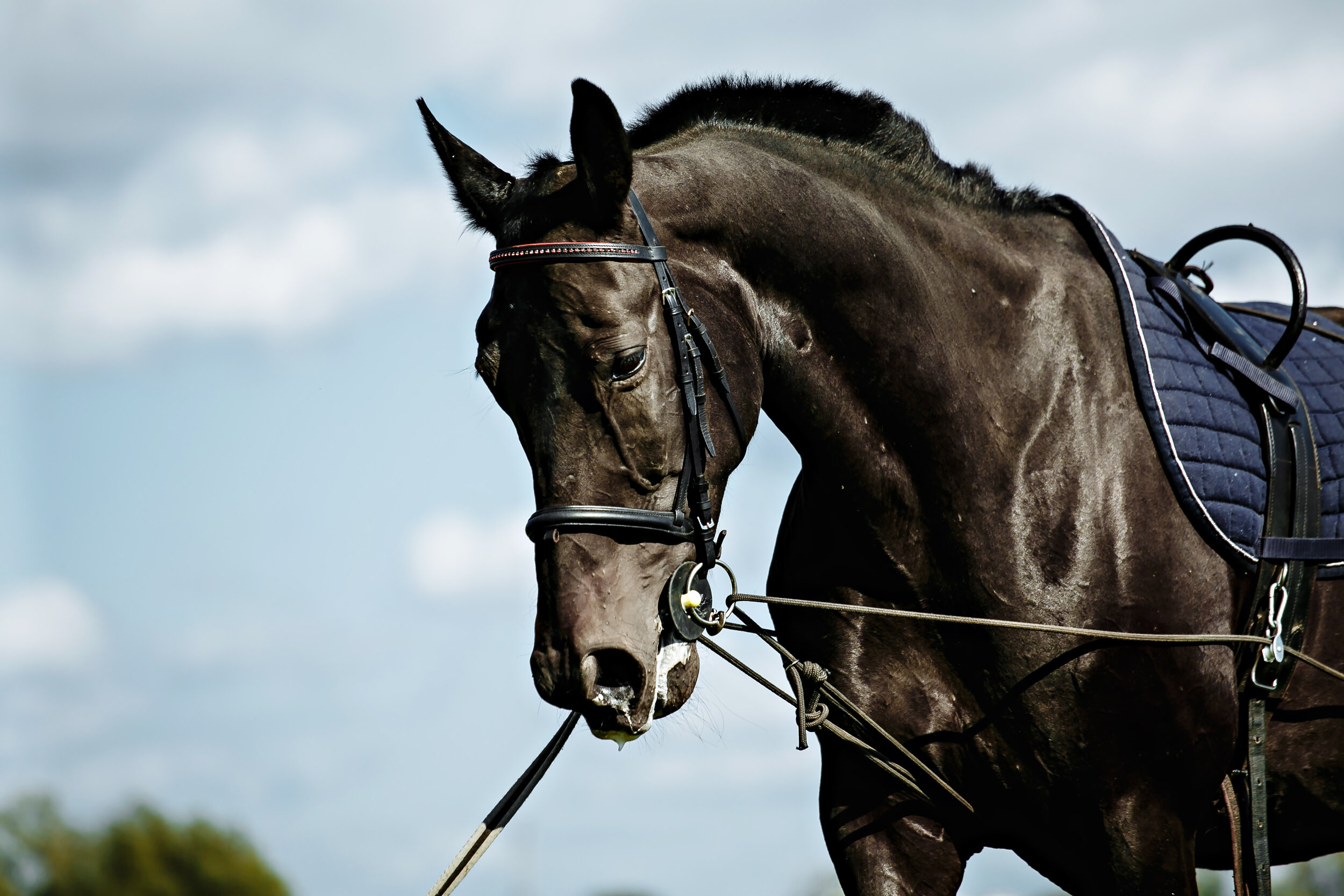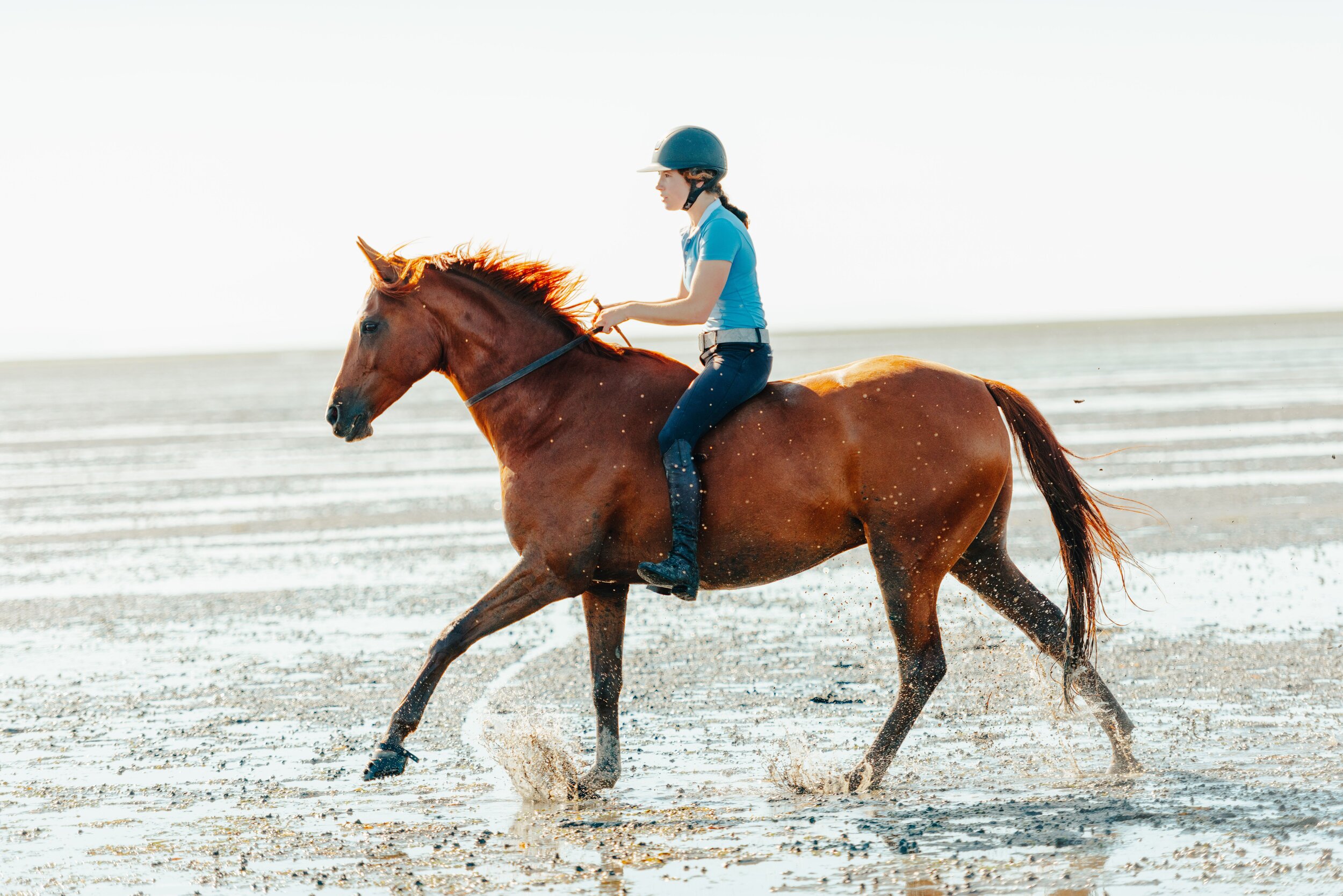The Struggle of the Voiceless
/A huge part of my advocacy for horses and reforming practices in the equine industry is due to my own experience with trauma, not knowing how to deal with the resulting emotions and growing up in a world where I felt largely misunderstood. I have an intimate experience with feeling like I could not speak up and like I was frozen and trapped in a variety of different types of situations, starting from as young as grade 1.
That feeling of being unable to affect change in your environment or feeling like you’re alone and that there is no one who truly understands and wants to listen to you and love even the most damaged parts of you, that is something I am intimately familiar with.
I grew up living with ADHD but without any awareness of my divergency. I lived my life without even the faintest clue that I could possibly have ADHD, the societal outlook on such a disorder was portrayed so differently in the media that it never even crossed my mind. I was ashamed of who I was and of many of my traits, which were actually just symptoms of ADHD. I grappled with this lack of love for myself for years and constantly felt “othered” like I was a puzzle piece that just never really fit. I tried so hard to mask my differences due to my shame and I never took the time to get to know myself and understand who I really was, because I’d been conditioned to view so much of who I was as something to be ashamed of.
I silenced my voice and slowly lost who I was in the process, too scared to advocate for myself or to be myself in fear of how others would perceive me. This self-surveillance started young after I was exclusively picked on by teachers, starting in grade 1, where grown adults would publicly humiliate me for my lack of organization and lapses in focus and allow the class to join in on the laughter. This taught me a pervasive fear of ever being wrong and made me unwilling to offer to answer questions or really participate in discussions if I even remotely questioned the validity of my thoughts. I could not handle being wrong, because I was exposed and made to feel ashamed of so many minor mistakes. Making myself vulnerable by putting myself out there could potentially lead to being shamed by peers and superiors.
For years, I lived in discomfort and was a shell of myself. I let my boundaries be overridden in a number of scenarios and it left me feeling empty. I have had to fight tooth and nail to discover who I am and advocate for myself to the point of getting my ADHD diagnosis and really starting to get a handle on my mental health and address my past traumas. It has been a journey just to get to the point where I can even start to feel safe and secure in myself and so many of my long term insecurities still threaten to rear their ugly heads often.
Because of this, I so resonate with horses. They are voiceless and cannot advocate for themselves. Worse, they are so extremely forgiving and passive that they will allow themselves to be continually exploited by people who are misled and not even aware of how they may be impacting their horses’ welfare. While horses may not think like humans do, I am certain they have their own traumas and I am certain there are many instances, on a regular basis, where horses are misunderstood by their handlers and experience stress as a result.
I actively partook in misunderstanding my horses and blaming my horses for instances where I stressed them out or confused them and in return, the horses offered undesirable behaviours that upset me. I took out my ignorance on the horses and “othered” my horses in the same way I’ve felt othered by the actions of humans in my life. I did this all without even realizing what I was doing.
Now, as I discover who I am more and more and learn how to advocate for myself and make myself vulnerable, I’m trying to channel all of that into becoming the horse person I couldn’t be when I was angry, lost and confused. Before I had the education and insight I do now. I find that this is how I can honour my inner child and help to remedy the broken parts of myself where I felt alone, lost and confused.
Your horses’ behaviour is an expression of their emotions at any given point. As someone who has been made to feel invalidated in the past and has masked my emotions and hidden parts of myself away as a result, I am really making an effort to understand my animals and take their behaviour as feedback for how they feel.
It can be frustrating to deal with behavioural problems and emotional outbursts when you do not understand the underlying cause, whether you’re dealing with horses or humans, but it is imperative that we work to try and understand each other if we wish to avoid behavioural fallout and continuing improving ourselves and those around us.
I have learned that I would rather everyone around me, animals included, try to communicate their emotions with me rather than hide them away and have us potentially have fallout behaviours because of it. In order to have communication occur, you need to allow for it rather than silencing it. This requires to put your ego away, stop looking to lay blame in a situation or claim that your horse is just being “bad” and instead stop for a moment and try to listen and address why they may be feeling the need to express such behaviour.
The behaviour of the people and animals around us can be triggering, but how we respond it is what is important. I have for so long lacked emotional intelligence due to suppressing emotions and masking how I felt instead of communicating and advocating for myself. It resulted in me feeling crappy about myself for a long time and never remedied any of the issues that troubled me. In fact, it led to emotional build up where I would get to the point where my triggers would stack so far that I couldn’t take it anymore and the my response to situations would see amplified and over the top for what the final trigger was.
This, in turn, made it so that people didn’t understand my upset because I hadn’t advocated for myself loudly enough sooner. It also made me much more impatient with my horses and made me get frustrated with them faster because I wasn’t addressing other triggers in my life. For horses, we see similar behavioural unloading where they stack triggers from poor management, confusing or stressful training, pain from tack or underlying issues and when they can no longer manage their stress anymore, they may appear to react “out of nowhere” but really, it is just that they have just suppressed the louder forms of communication until they can’t anymore.
I want to normalize the idea of expressing emotion and of discussing past traumas and how other circumstances in life can lead us to adopting certain mindsets for decades or even the entirety of our lives. So much of this could be avoided if our society wasn’t so focused on behavioural suppression and instead focused on fixing the underlying cause of behavioural issues.
I once felt unheard and misunderstood. I can’t change my past and how it hurt me, but I can advocate for myself in the future, talk about my pain and surround myself with people who want to work to understand me, even in difficult times. In turn, I owe it to my horses and my other animals to try to do the same for them, even if it is frustrating and difficult when I don’t understand why they may be behaving a certain way.
It isn’t an easy adjustment, but it has been a necessary one that is for the betterment of my mental health. I encourage everyone to consider the traumas animals can endure, they aren’t unlike ones we may experience and they can result in lasting behavioural changes that need to be taken into account in training.
Help teach the people and animals around you to have a voice by pausing and being willing to listen, even if it can be difficult and uncomfortable to do so. It may surprise you how much of a difference it makes. Navigating this world is hard enough as it is, but it is so much harder to do it when you don’t feel safe in voicing your grievances because you fear “punishment” in the form of how others may receive it. We can make ourselves and the humans and animals around us feel safer by giving them a voice and pausing a moment to listen.
We all have certain privileges in life and come from different backgrounds, the only way we can learn about others’ difficulties and struggles is by listening to them and believing that their emotions are valid, even if you don’t fully understand them.. You cannot even begin to understand where someone is coming from if you refuse to listen and put themselves in their shoes, to try to sit with their difficulties and take note of the impact it has had on the person or animal. Listening and taking behaviour as feedback without taking offence or blaming your horse is how we can start to heal ourselves, those around us and our horses.


